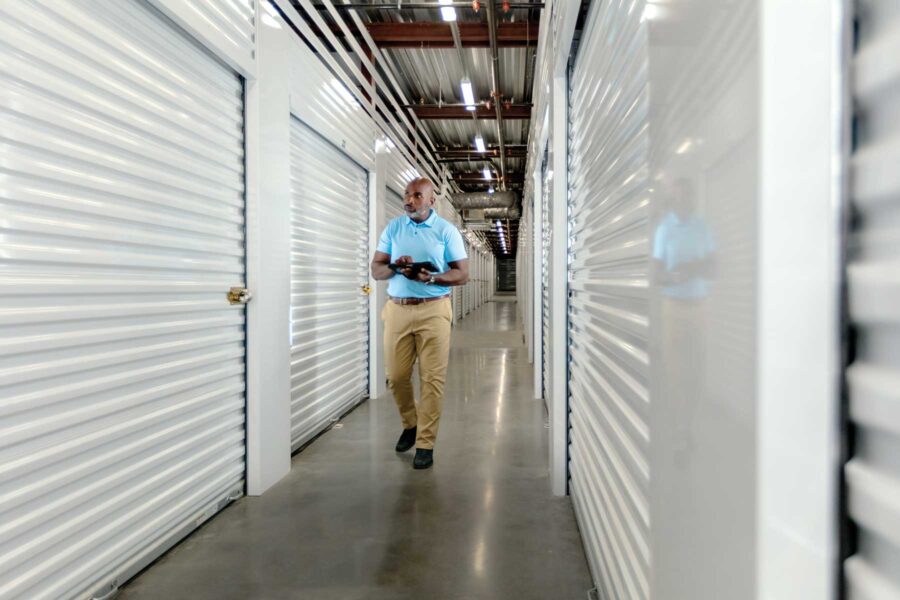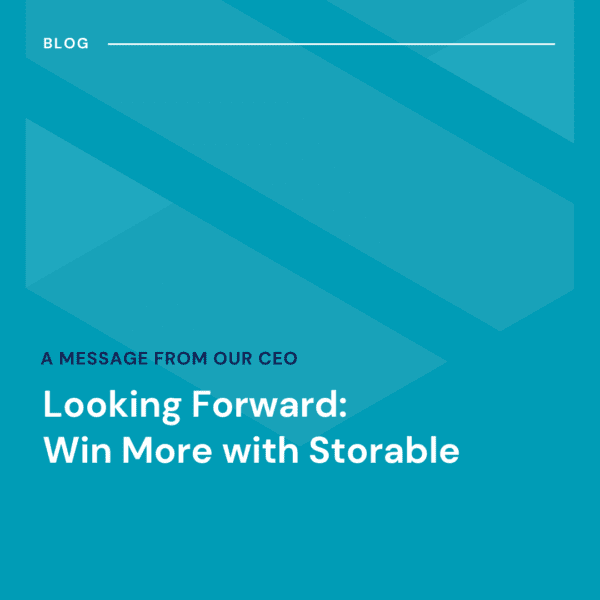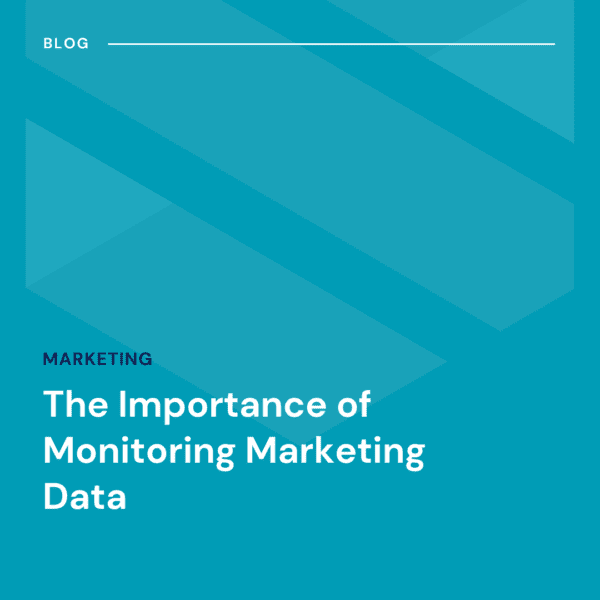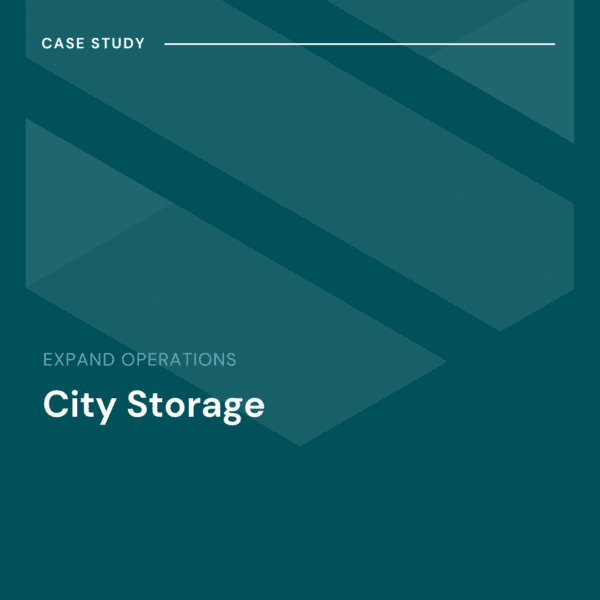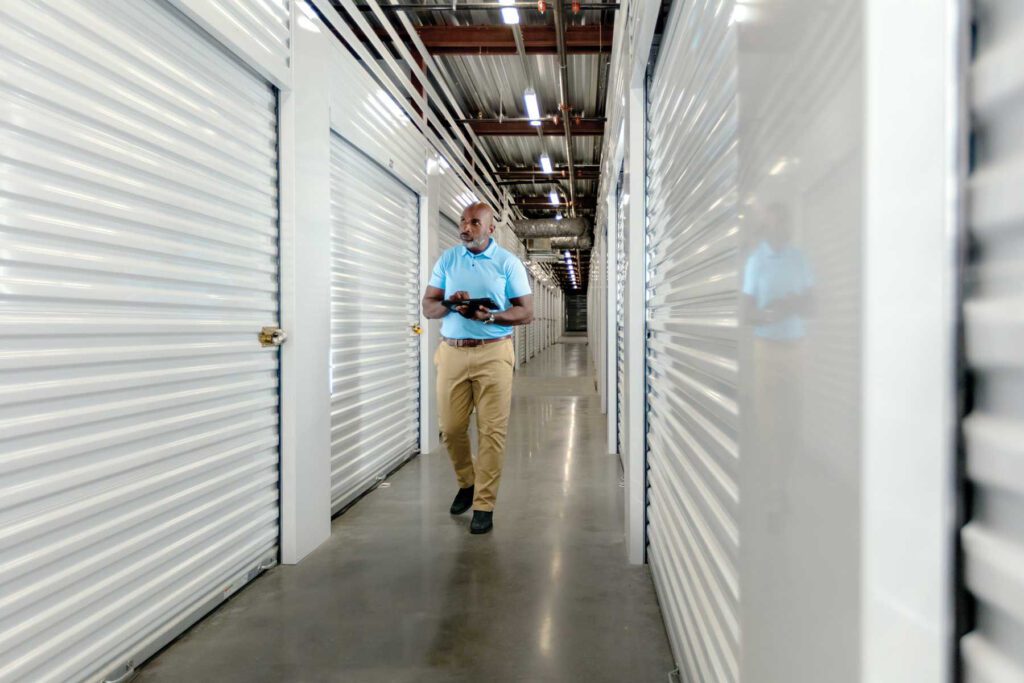In the fiercely competitive self-storage industry, operators often succumb to the “race to the bottom” strategy—slashing prices to attract new tenants.
However, a different trend is emerging among forward-thinking businesses: focusing on value rather than cost. By charging a premium for exceptional amenities and services, operators can differentiate themselves and pave a more sustainable revenue path.
The Pitfalls of Price Wars
Many self-storage operators have adopted a low-price lure strategy. They attract tenants with rock-bottom prices, only to later increase rents dramatically once customers have settled in. This approach can initially boost occupancy rates, but it comes with long-term drawbacks, including tenant dissatisfaction and high turnover rates. More importantly, it undersells the true value of the service being offered.
A different approach increasingly used by savvy operators is adopting a value pricing model, also known as tiered pricing.
“Since demand has dropped in the last 18 months, we were trying to find ways to keep an aggressive advertised rate, while being able to capitalize on a higher walk -in or in store rate, as well as units with different amenities. So, we started to use value pricing at all our stores,” said Bret Schobel, director of revenue management at York, PA-based Storage Asset Management.
What is Value Pricing?
Value pricing is a tiered pricing structure based upon different amenities within a given unit type.
“A 10×10 in the back corner of your store might be $100, while the one right inside the loading bay might be $130 based on convenience. We differentiate these unit types not only by distance to an access point, but also by a light fixture over a unit, electrical outlet, larger or double door access and so on,” Schobel said.
One way to maximize your rents with this strategy is to advertise the lowest rates on your website and offer the upsell on premium units during the checkout process. At the store level, Schobel says to start off at that high price point and work backwards if there is some pushback from the potential tenant on price to close the sale.
Setting Up a Pricing Structure
Start setting up a tiered pricing structure by identifying units that offer the most value to customers. This can come in the form of proximity to elevators or entrances, for example. A multi-story facility with climate and non-climate-controlled units offers many more variables than can be used to further differentiate and classify units.
Scot Vayo, chief operating officer at Pittsburgh-based Guardian Storage, says they often use a two-tier pricing strategy that divides units into Economy and Premium segments. Units are divided based on their location in the property, such as ground level access versus elevator access.
“This value pricing strategy drives increased value because tenants like convenience, and they are willing to pay a premium for it,” Vayo said.
In the case of all climate controlled multi-story buildings, the company will deploy a three-tier pricing model offering Economy, Standard and Premium units.
“To ensure we maximize this upgraded value opportunity, our team is trained to show the Premium space to the prospective tenant as the first option. More often than not, the convenience of the Premium space wins. However, if a prospective tenant has price objections, we then defer to the Standard or Economy space to ensure the sale is not lost,” Vayo said.
Creating Value with Amenities
Beyond the location of units within your facility, you can also create tiers based on amenities and special programs.
24/7 access
Provide round-the-clock access to best-tier customers at no additional cost, whereas lower tiers may have restricted access hours or pay an extra fee for extended hours, suggests Peter Spickenagel, president & CEO of Citizen Storage Management LLC.
“Business tenants love this benefit,” said Spickenagel.
Merchandise discounts
Spickenagel also suggests including merchandise discounts as an incentive to get customers to opt for a premium tier. You could also offer a free lock as an incentive as well.
“Offer a free high-quality lock and discounts on storage-related merchandise (like boxes, packing materials) to best-tier tenants, whereas lower tiers do not get discounts on those items,” said Spickenagel. “This demonstrates the immediate savings and value-added services that come with the premium tier.”
Priority customer service
Offer best-tier tenants priority customer service, including a dedicated customer support line and quicker response times for inquiries and assistance.
“This makes tenants feel valued and supported, enhancing their overall experience,” Spickenagel said.
Go High Tech
Another way to differentiate your premium units is with enhanced security features that make use of the latest technology such as individual door alarms and smart entry systems.
“We wanted to find a way to incorporate that technology into our stores to add ancillary income and we found products like Noke keyless entry units and Storage Defender,” said Schobel.
“For tenants utilizing our units with keyless entry, they can use their smartphone to access their space and do not have to worry about the hassle of carrying around a key. For customers wanting an added layer of security, Storage defender is a device that sits in your unit and alerts tenants on their smartphone anytime anyone accesses their valuables,” Schoebel added.
Both devices come with a recurring monthly fee that sits on top of their monthly storage rent.
Training as a Key Pillar
The backbone of any tiered-pricing strategy is effective training. Employees must be well-versed in the unique selling points of their facility. This training should empower them to communicate effectively with potential tenants, focusing on how the offered amenities and services provide real value for the cost, rather than merely completing a transaction.
Building Long-Term Customer Relationships and Sustainable Revenue
By adopting a value-focused strategy, self-storage operators can build more sustainable business practices. It helps in cultivating long-term relationships with tenants who appreciate the quality of service and are less likely to switch facilities for marginally cheaper alternatives. Furthermore, satisfied customers are more likely to provide positive reviews and referrals, enhancing the facility’s reputation and attracting new tenants who are willing to pay for quality.
By implementing a value pricing strategy, self-storage operators can achieve sustainable revenue growth while fostering strong tenant relationships. Storable offers the tools needed to create a successful tiered pricing structure, including access control, advanced data reporting, and effective communication tools. Explore the many ways that Storable can help you maximize your facility’s potential and elevate the tenant experience.


